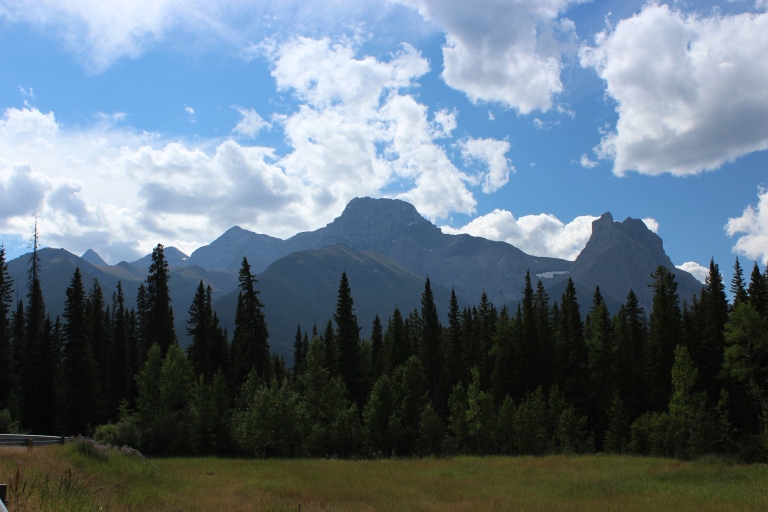In June 2013, heavy rainfall triggered catastrophic flooding in southern Alberta that has been characterized as some of the worst in the province’s history. Areas along the Bow, Elbow, Highwood, Red Deer, Sheep, Little Bow and South Saskatchewan Rivers, and their tributaries, were affected. Estimates of property damage from the flood make it one of the most costly in Canadian history. Personal property, however, was not the only casualty. The torrents of water accelerated natural erosional and depositional processes, resulting in significant alteration to many of southern Alberta’s river systems.


The potential for finding archaeological sites along southern Alberta’s river systems has always been high. The distribution of known archaeological sites in Alberta indicate the importance of the major river systems to precontact and historic people as sources of fresh water, food resources and travel corridors. As a result of these associations, a number of archaeological sites were also identified as casualties of the June 2013 flood. Read more





